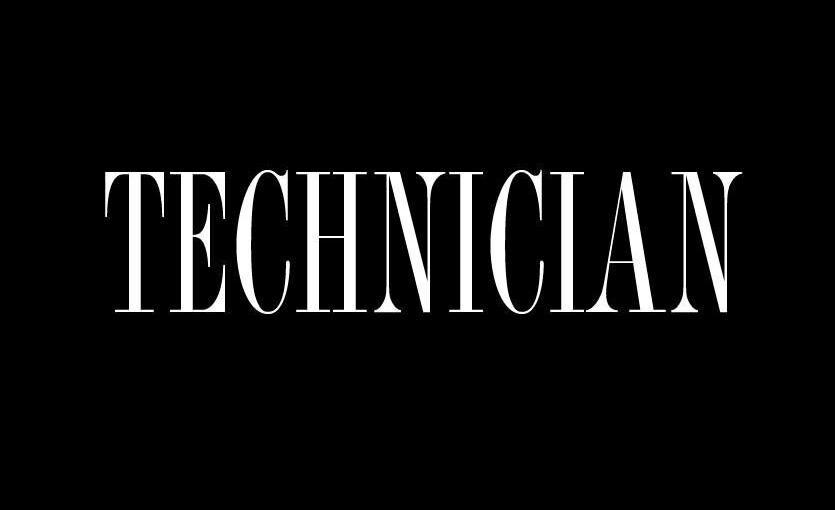As the race to find alternatives to combustible fuels continues, a group of N.C. State researchers developed technology and techniques for transmitting power wirelessly from the road to an electric car.
The new technology was developed with the Advanced Transportation Energy Center to extend the driving range of electric vehicles.
By producing magnetic fields at different points along a highway, it is possible to generate an electric current inside the vehicle, charging the battery of the car while driving, without the need of wires.
Srdjan Lukic, an assistant professor of electrical engineering was one of the authors of this recent research and has been working with wireless power transmissions and the ATEC since 2008. According to Lukic, his research has made great progress in his five-year term.
Coils underneath the road, which couple with paired coils in the car, create the magnetic field that will hypothetically transfer electricity to the car. Though some other groups have done research on these types of coils, Lukic said he was proud of the different path he and the other researchers took to solve the problem.
Lukic said most of these coil installations involve a very large, long coil underneath the road. Though this would supply the magnetic field needed to charge a vehicle, the entire coil would need to operate at all times and would supply a magnetic field to everything in the area, not just the single coil in the car.
“The issue is this coil emits a field in the entirety of the length of road,” Lukic said. “It could couple to extraneous objects. It’s both safer, and more efficient if you can channel or localize the field.”
According to Lukic, the coil must create a strong magnetic field in order to produce a charge the car can use. There are some regulations about magnetic fields that suggest strong fields are unsafe for people, especially for someone with an artificial cardiac pacemaker. Because of this, Lukic said it is important that the magnetic field only occur under the vehicle, between the coupled coils.
Lukic’s research, however, dictates a method of supplying energy using several smaller coils down the road. The smaller coils are built to only supply a magnetic field when the car is directly above the coil.
The coils would be able to turn off and on between different cars, and rows of coils would be spread into different lanes, so that any car on the road would be able to be under the effect of a magnetic field at any time.
According to Lukic, there are many ways to transfer power wirelessly but for his research Lukic uses magnetic fields to transfer power. Power is transferred from the grid supply to the car battery at a rate of 85 percent efficiency, which means only 15 percent of power is lost over the wireless transmission.
“Theoretically, the efficiency can be extremely high,” Lukic said. “Our hope is to be able to use better materials in the future.”
This extra charge greatly extends the amount of time an electric car can last on the road. According to Lukic, the Nissan Leaf’s electric battery can last about 80 miles on one charge, before switching back to gasoline. However, with the research Lukic has done, an electric car with a battery one-third the size could travel about 300 miles.
Lukic said the same coils could be used to make in-house car chargers more convenient for electric car owners, and lower maintenance costs for public charging facilities.
“The automotive industry, every major car manufacturer, is looking at developing their own stationary charger,” Lukic said.
According to Lukic, the current plan would be more expensive in both construction and maintenance than other plans, but would make electric-powered cars more conventional. This will greatly reduce the price of an electric car, as the batteries are about one-third of the physical cost.
Lukic said student involvement in the project will help generate new ideas.




